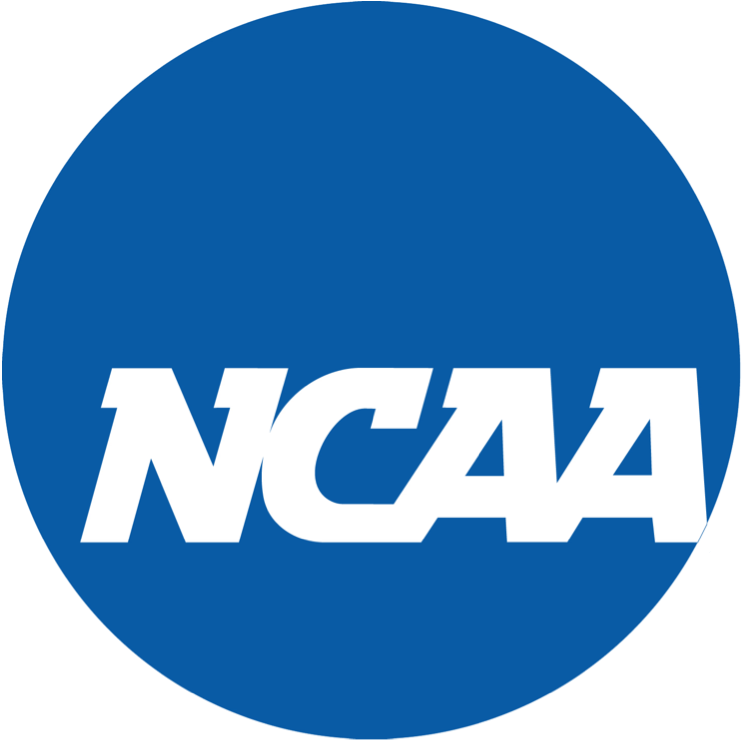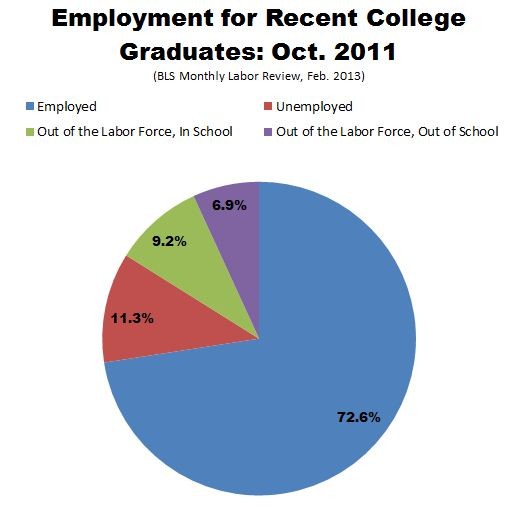How to spot a college about to go out of business The Washington Post
Post on: 31 Май, 2015 No Comment

A snowy scene of Sweet Briar House, the former home of the Fletcher-Williams family. (Photo by Meridith De Avila Khan/Sweet Briar College.)
The surprise announcement last week that Sweet Briar College will close at the end of the academic year caught many of its current students, their families, and alumnae by surprise. It also led to much speculation about whether such closures are about to become the norm in higher education.
If you’re a parent in the midst of the college search with your son or daughter, you certainly don’t want to be considering schools on the brink of shutting down. But how do you know if a college is about to go out of business? It’s not like that’s a subject that comes up often on the campus tour.
[She got into her first-choice college, then found out on Facebook it was closing. ]
One place to look is at a college’s bond rating report. It’s like a person’s credit report, a financial checkup that outlines in vivid detail the strengths and weaknesses of an institution.
Sweet Briar’s most recent report from Standard & Poor’s last fall didn’t predict an imminent closure. Still, in revising its outlook from “stable” to “negative” in November, the rating agency certainly provided plenty of warning signs.
“The negative outlook,” Standard & Poor’s wrote in its report, “reflects our expectation that Sweet Briar College’s enrollment pressures, high and increasing tuition discount rate, and deteriorating matriculation rate will likely continue to weaken net operating margins and cause the college to rely more on already high endowment spending in the next two years.”
Translation: The college was offering too many discounts on tuition (57 percent, on average), enrolling fewer students each year, and spending too much of its cash reserves.
Ratings reports have their limitations. For one, only a few hundred colleges are rated by the three main agencies, Standard & Poor’s, Moody’s Investors Services, and Fitch Ratings. The ratings also are designed for bond buyers, not for students and families trying to decide where to enroll. And the reports are not as easy to locate as the latest college rankings. You often have to ask colleges for a copy of their rating reports.
If a college isn’t rated, there are other resources available to check out its financial health. The Department of Education publishes an annual watch list of schools that have failed its financial-responsibility test. It has grown by more than one-third since 2009, but as Goldie Blumenstyk and Josh Hatch pointed out in the Chronicle of Higher Education last week, the list is not a perfect predictor. Sweet Briar got the highest possible score on the test in 2013 (see the full list here ).
Applicants should try to know as much as possible about the financial strength of the schools they are considering. One-third of all colleges and universities in the United States face a financial future that is significantly weaker than before the 2008 recession and are on an unsustainable fiscal path, according to an analysis published in 2012 by Bain & Company. Another quarter of colleges find themselves at serious risk of joining them.
Perhaps the best way to determine if the college you are thinking about might shut down is to ask lots of questions during the campus tour or open houses before you commit to enrolling:
What is the college’s tuition discount rate? Has it been increasing?
The average discount for first-year students at private colleges is 46 percent. That’s already high, but while anything higher than 50 percent might be a good deal for students, it’s not financially sustainable for a school.
Has the college made its enrollment target the past few years?
Half of small private colleges and regional public colleges have either missed their enrollment or revenue goals in recent years. Without that money, schools can’t invest in new academic programs, faculty, or facilities.

Is the revenue the college receives from tuition after it awards financial aid (net tuition) going up, holding steady, or dropping?
Net tuition has been either flat or falling at 73 percent of colleges, according to Moody’s.
How much debt has the college taken on in the past 10 years? What has that paid for?
The amount of debt held by colleges has nearly doubled in the past decade, to more than $307 billion.
Robert Kelchen. who studies college finances as an assistant professor at Seton Hall University, told me that parents and students should also examine the overall enrollment and leadership of the schools they are considering.
“It is becoming increasingly difficult for the smallest colleges to compete for students, and any college with fewer than about 1,500 students is particularly at risk for closing,” he told me. “Coming up 50 students short in an incoming class would be a rounding error for large colleges, but potentially devastating for a college with only 300 first-year students.”
Lots of changes in leadership is also a red flag, Kelchen said, something Standard & Poor’s had noted about Sweet Briar.
Prospective students and their parents are known to scour the slew of college rankings in searching for colleges. The problem is that none of them tell applicants what they most need to know: Whether the college they are planning to join will even be around on commencement day.
Selingo is a regular contributor to Grade Point. He is a former editor of the Chronicle of Higher Education. an author of books about higher education and a professor of practice at Arizona State University.














